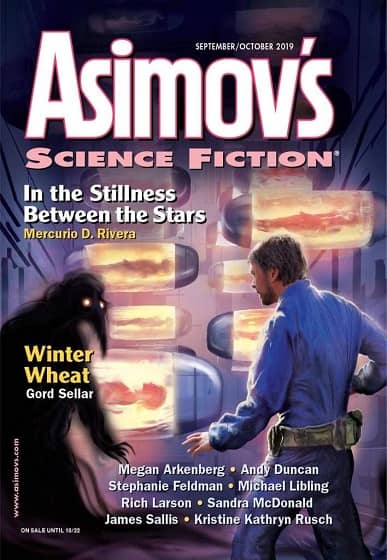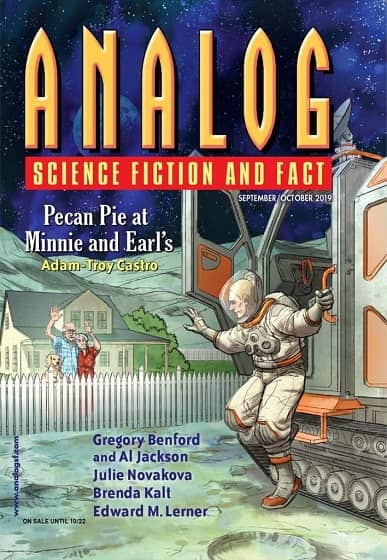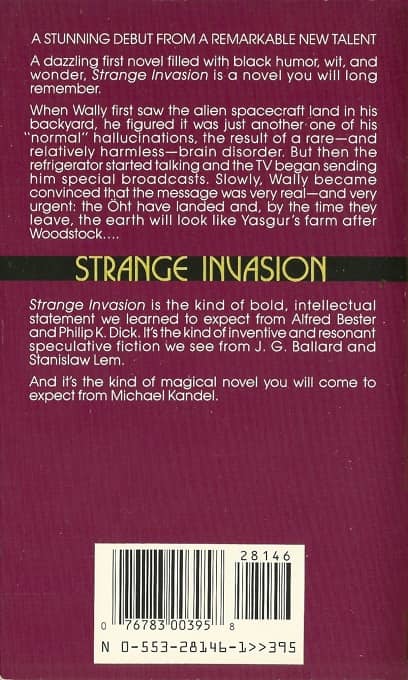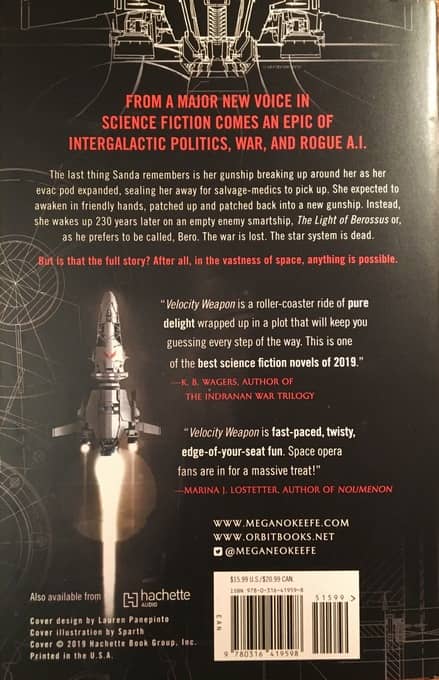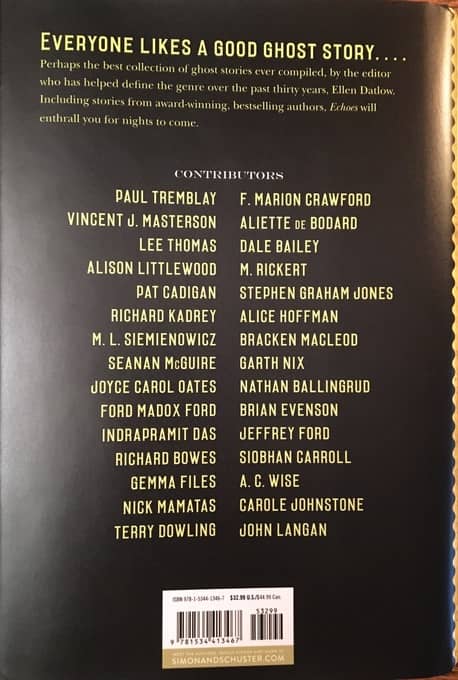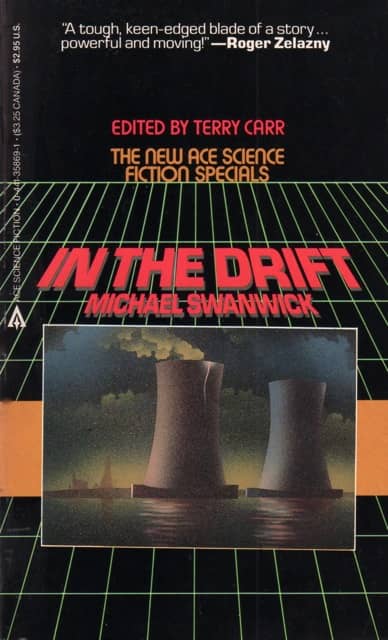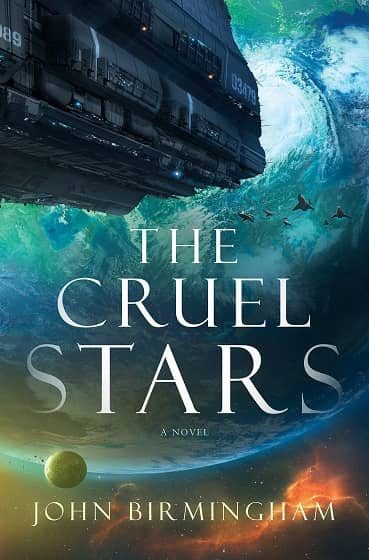Vintage Treasures: Minds Unleashed, edited by Groff Conklin
 |
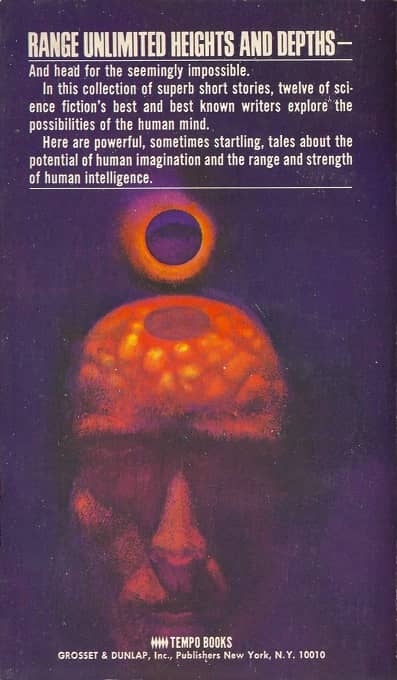 |
Minds Unleashed, Tempo Books, 1970. Cover by, well, no one really knows.
You know what I try hard to do every day? Not sit around and talk about the good ‘ole days. It takes effort, let me tell you.
Not that everything was better in the good ‘ole days, Lord knows. But you could get terrific original anthologies in spinner racks at the supermarket for under a buck, and let’s face it, that’s what really matters.
Anthologies like Groff Conklin’s Minds Unleashed (Tempo, 1970). Just look at that gorgeous cover. A big red brain with a glowing blue ball representing… I dunno? The super brainpower we’d all have fifty years in the future, probably? I love it. I don’t love that Tempo Books was such a low-budget operation that they couldn’t afford to tell you who painted the damn cover, but these are the burdens we live with. Mind you, if you do the math, that far-off future fifty years after 1970 is… the year 2020. Which means my blue floaty brainball should show up any day now. Come on, future brainpower.
While we’re waiting, we can all can help prepare our superbrains by reading great science fiction stories about “the potential of human imagination and the range of strength of human intelligence” by Arthur C. Clarke, Theodore Sturgeon, Murray Leinster, Robert A. Heinlein, Poul Anderson, Eric Frank Russell, Isaac Asimov, William Tenn, and many others. Let’s have a look at the table of contents.

